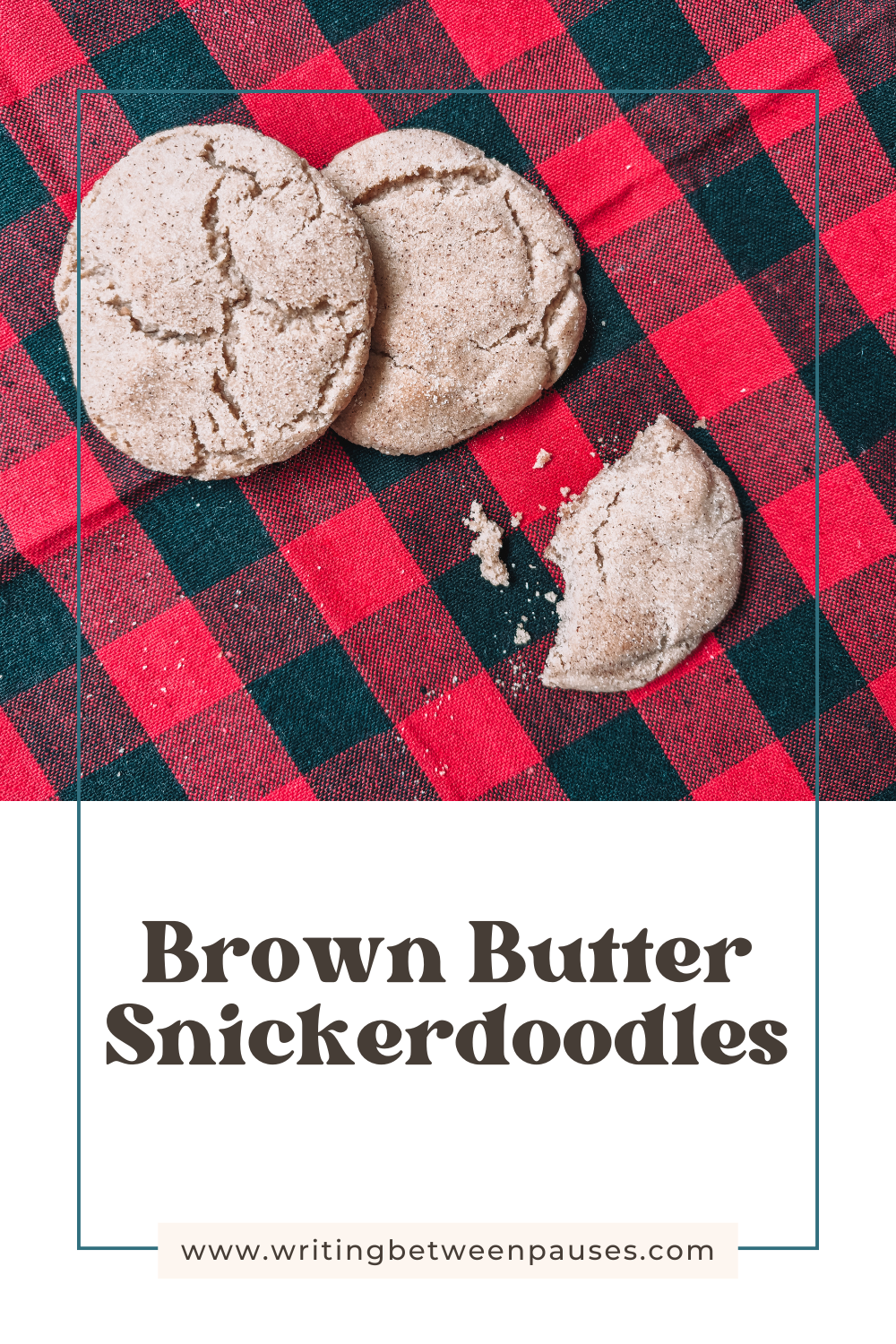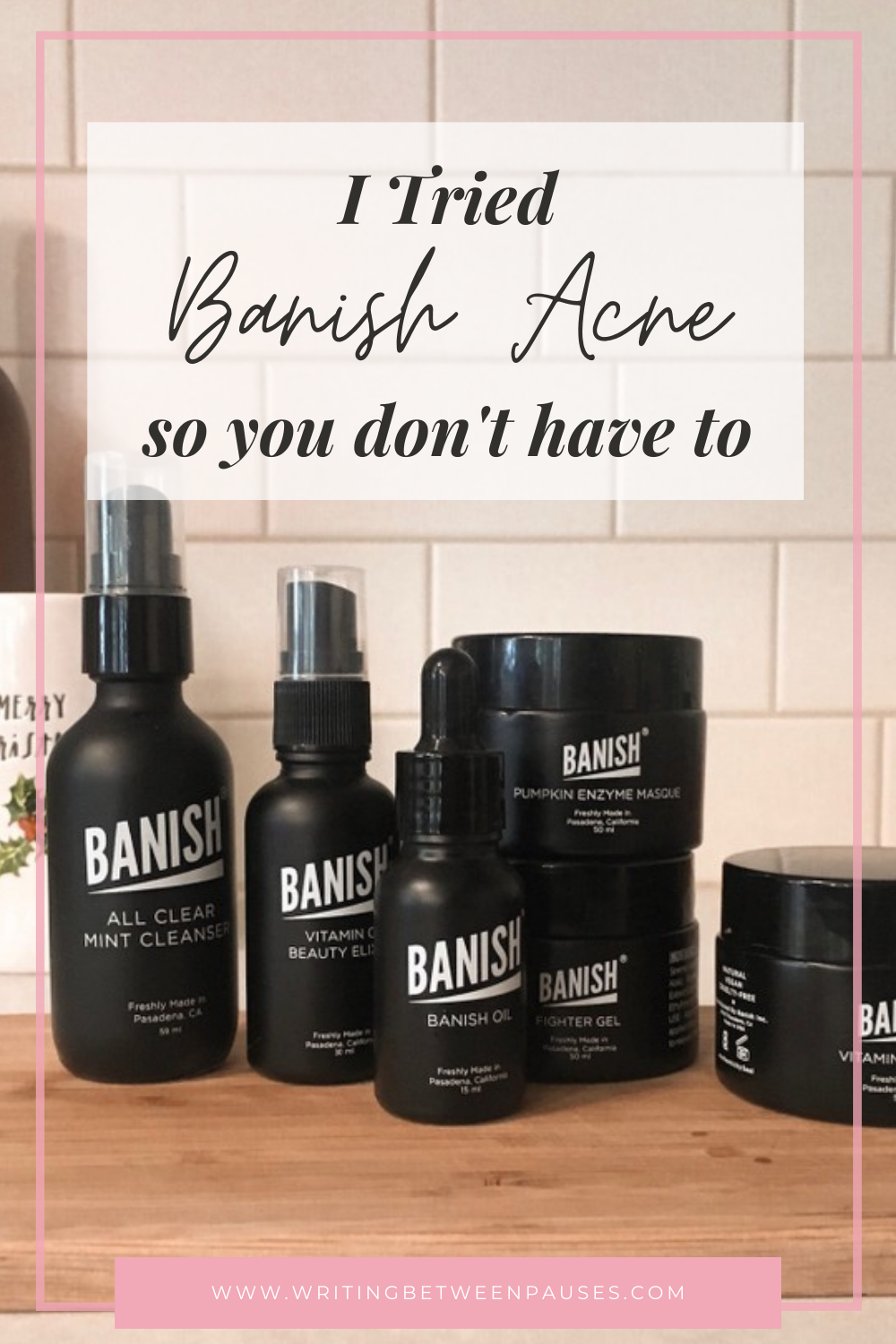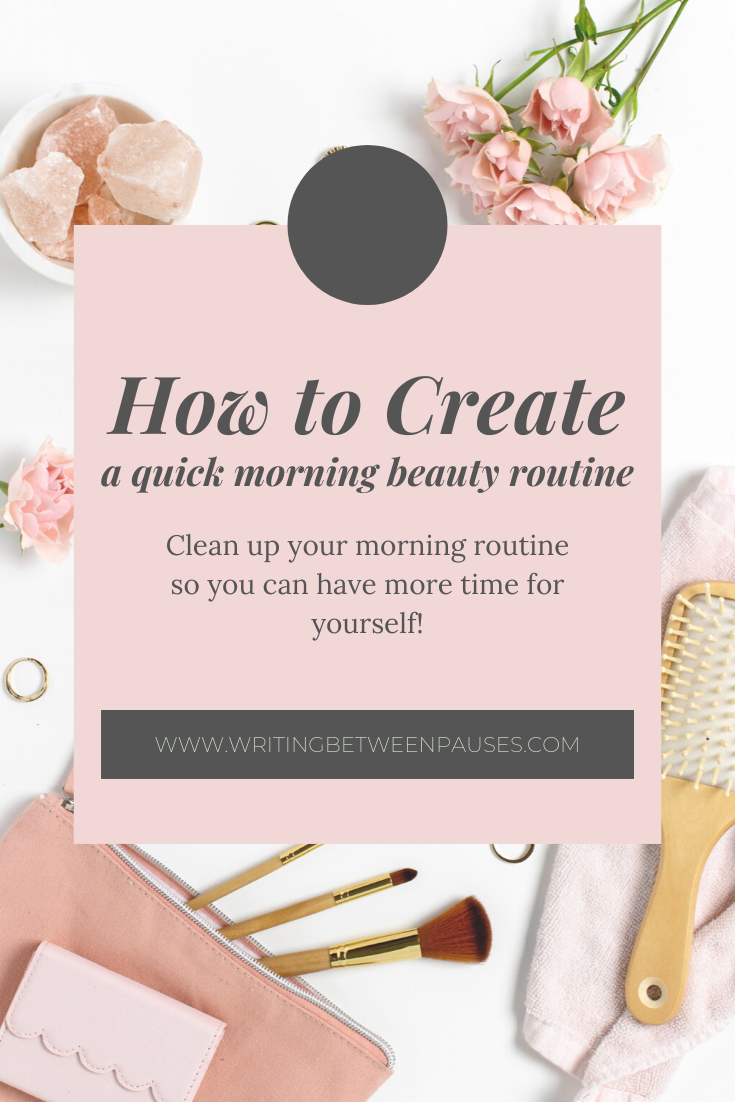Danny and I always say there is a shortage of good, horror novels. There are some out there in the world, but really good horror novels (that are on-par quality and writing wise with other novels) are so hard to find. As I was writing notes for this post, I kept asking him: have we read anything really scary in the last year?
Neither of us could think of anything that was really, really good. Or October-y. Or spooky.
But we did put together a list of novels that were straight up scary the first time we read them—while also being really well written. I wanted to share that list because these are the spookiest books I could think of to read this month.
1. It by Stephen King
I know! I know! This one’s easy, right? But It is one of my favorite books of all time (minus that one weird scene and you all know what I’m talking about). I’m generally not actually a huge Stephen King fan. I know that’s borderline sacrilegious, but I honestly just don’t like his writing style. Also, he has the bad habit of writing very badly about women like, 65% of the time. Case in point: the way child Beverly is described in this book is one of the most problematic parts of it, and that doesn’t include the infamous scene in the sewers. She’s 11? 12? Dude, calm down.
But problems aside, It is a good book: it’s good at building slow dread and describing the way fear permeates a town. It’s a massive book, and can be slightly slow, but god, it’s worth it.
2. Luckiest Girl Alive by Jessica Knoll
This is one of the best books I read in 2017 and I stand by this: it’s scary as all hell. Luckiest Girl Alive is about a girl who went to a boarding school, survived a school shooting, and grows up to be a magazine columnist. Except, there’s more to the story. It is a harrowing story and the description of the shooting itself is one of the hardest chapters of a book I’ve ever read. The main character is simultaneously relatable (her obsession with her weight, her hard exterior, her desire to climb socially), but extremely unlikeable (for all the same reasons and more). The way she grows as a person throughout the story—both when she was younger and when she’s older—is great. It’s a fascinating, scary, well-written book. I actually just ordered a physical copy so I could read it again and make up the margins.
3. All the Missing Girls by Megan Miranda
I read All the Missing Girls in the Spring and loved it. I immediately thought, I’ll come back to this later. It’s a perfect murder mystery to read in the Fall. The way it’s written is probably the best part: it starts at the end and works its way backwards, then moves to the end again. I love a good small town murder mystery and this one is a great read. Twists, turns, small towns, repressed memories… it has it all.
4. I Am Watching You by Teresa Driscoll
This was another book I read in early 2018, I think, that I absolutely loved. It’s the story of a woman who overhears two girls on a train meeting two boys and agreeing to go party. When a few days later, one of the girls is reported missing, she tells what she knows to the police. Then, things begin to spiral. It’s a great, creepy store that, again, revolves around a mystery. This is another book I need to reread!
Tell me your favorite scary stories! Do you have a book that scared the pants off of you? A short story I need to read immediately?


































